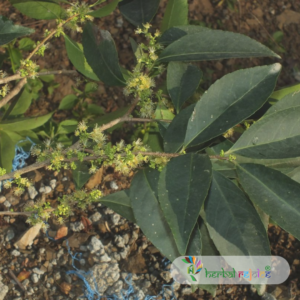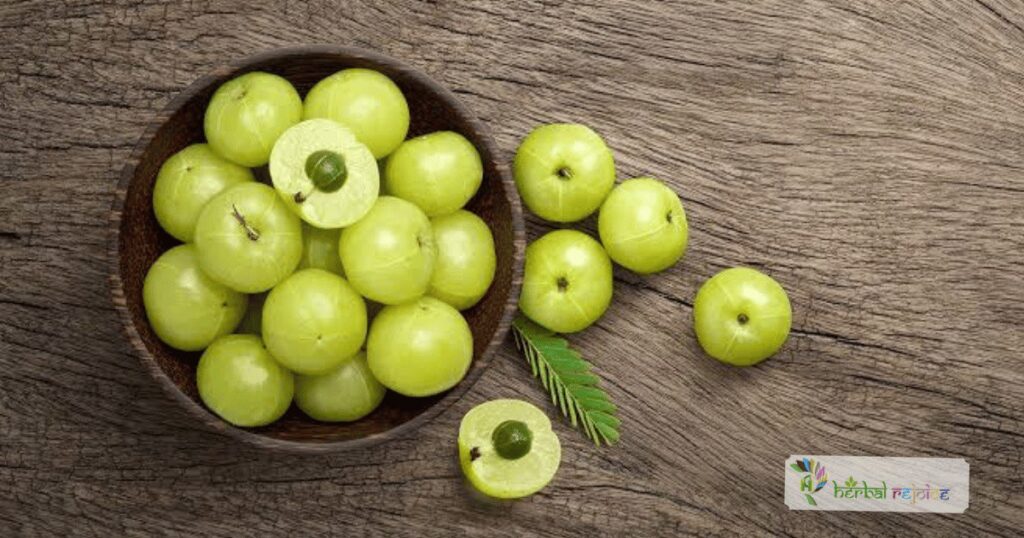Introduction
Xylopia parviflora Hook. f. Thoms, also known as Saanthu, Kalpottan (Kerala), Kalpootha, Chiddavintai (Tamil Nadu), and ulli (Karnataka), is a plant found in the evergreen forests of Kerala up to an altitude of 600 m.
Medicinal Properties
This plant belongs to the Annonaceae family and has various medicinal properties. The root bark of Xylopia parviflora is known for its antiseptic properties and is often used for treating ulcers. Additionally, the root bark, flowers, and fruits of this plant are also used for oral hygiene purposes.

Another plant called Xylopia aromatica has fruits that are chewed with betel leaves and are used for treating cough and cold. However, it is important to note that these fruits, known as Suvaali Pippali, are not related to the Pippali used in Indian medicine.
Xylopia parviflora contains pinenes, which contribute to its medicinal properties. It is a valuable plant that offers various health benefits and should be considered for its potential use in traditional medicine.
Conclusion
Overall, Xylopia parviflora is a plant with significant medicinal value that can be found in the evergreen forests of Kerala. Its root bark, flowers, and fruits have various uses, including their antiseptic properties and use in oral hygiene. It is important to distinguish it from Xylopia aromatica, as they have different medicinal applications. Further research on the properties of this plant can help explore its full potential in traditional medicine.
Frequently Asked Question
What is Xylopia parviflora?
Xylopia parviflora, also known as Saanthu, Kalpottan, Kalpootha, Chiddavintai, and ulli, is a medicinal plant found in the evergreen forests of Kerala.
What family does Xylopia parviflora belong to?
It belongs to the Annonaceae family.
What are the key medicinal properties of Xylopia parviflora?
This plant is known for its antiseptic properties and is often used to treat ulcers. It also promotes oral hygiene.
How is Xylopia parviflora used in traditional medicine?
The root bark is commonly used in poultices, while the flowers and fruits are utilized in various herbal preparations for oral health.
What compounds are found in Xylopia parviflora?
It contains compounds such as pinenes, which contribute to its medicinal effects.
What parts of the plant are used for medicinal purposes?
The root bark, flowers, and fruits of Xylopia parviflora are utilized in traditional medicine.
Is Xylopia parviflora the same as Xylopia aromatica?
No, they are different species. Xylopia aromatica has different medicinal applications, primarily involving its fruits.
How does Xylopia parviflora benefit oral hygiene?
The root bark and fruits can help maintain oral health and may be used to alleviate dental issues.
Where can Xylopia parviflora be found?
It is native to the evergreen forests of Kerala and can be found at altitudes of up to 600 meters.
What are the traditional uses of Xylopia parviflora in folklore?
In various cultures, it is used for its health benefits and as a remedy for various ailments.
Are there any side effects associated with Xylopia parviflora?
While generally safe, it’s advisable to consult a healthcare professional before using it, especially for pregnant or nursing women.
How can Xylopia parviflora be incorporated into a diet?
It can be added to herbal teas or traditional dishes and may also be found in some herbal supplements.
Is there ongoing research on Xylopia parviflora?
Yes, research is being conducted to explore its full therapeutic potential and benefits in traditional medicine.
How can I identify Xylopia parviflora in the wild?
It typically grows in evergreen forests and can be recognized by its distinctive root bark and flowering characteristics.
What are the cultural significance and historical uses of Xylopia parviflora?
It has been used in traditional practices for centuries, often regarded as a valuable herbal remedy in local cultures.
Can Xylopia parviflora interact with medications?
It’s essential to consult a healthcare provider to ensure it doesn’t interact with any medications you may be taking.
What is the recommended dosage for Xylopia parviflora?
Dosage can vary based on the form used; it’s best to follow guidance from a healthcare professional or herbalist.
How is Xylopia parviflora harvested sustainably?
Sustainable harvesting practices involve ensuring that only a portion of the plant is taken to preserve its population in the wild.
Are there any similar plants to Xylopia parviflora?
Other members of the Annonaceae family may share some properties, but it’s important to verify their uses and effects.
How can I source Xylopia parviflora?
You can find it in herbal medicine stores, online herbal retailers, or local markets specializing in traditional herbs.


